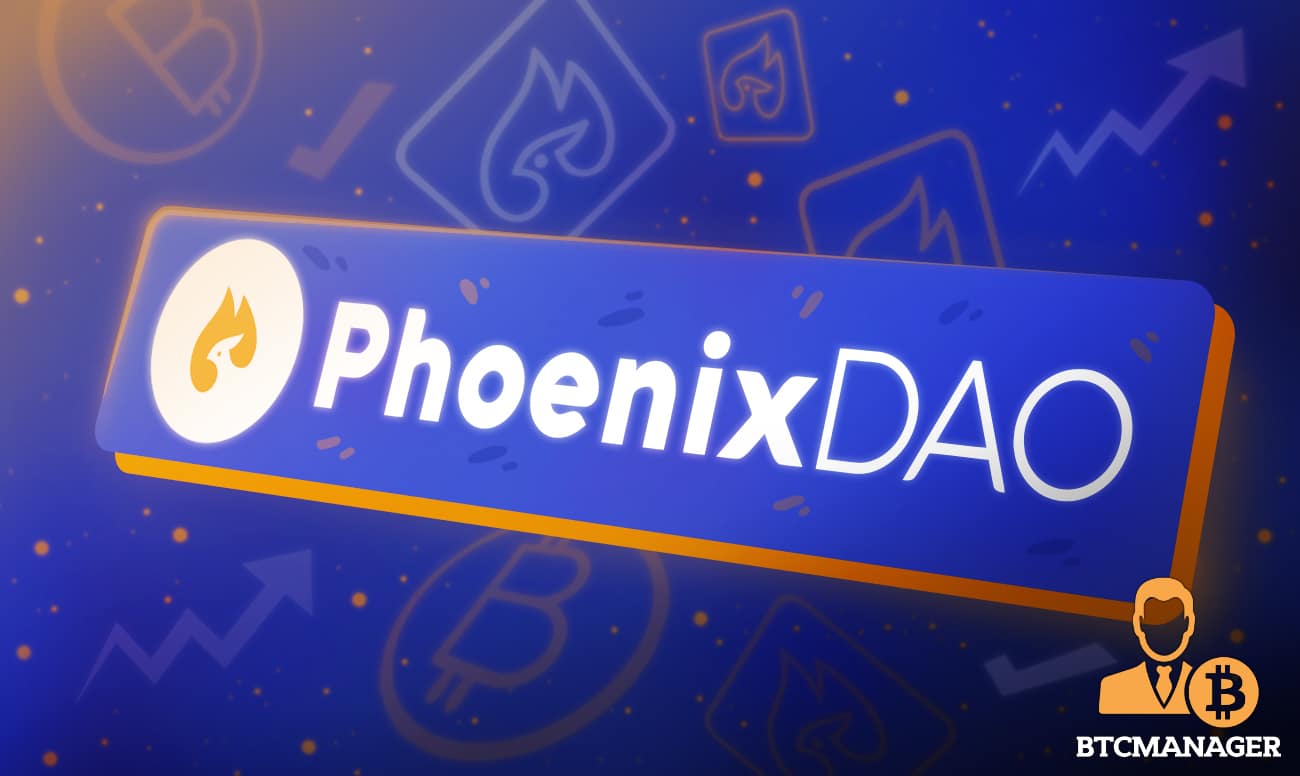Liquidity Farming & Staking will Drive DeFi

Liquidity farming and staking embody the latest in decentralized finance (DeFi) – bringing traditional banking and investment operations over to the blockchain. The goal, of course, is to automate the banking industry by cutting out third-parties. This would save users money and time, as well.
What’s most notable, however, is as DeFi expands its use case and becomes more accessible, financial institutions and high-liquidity investors will make a move over. There’s a case for liquidity farming and staking to be that turning point.
What is Liquidity Farming?
Liquidity farming, also known as yield farming, is the act of staking cryptocurrencies to earn interest on them. It’s similar to holding funds in a savings account and earning interest over time. That money is then lent out to other users.
In traditional finance, banks profit from the interest paid back on loans. The same applies to cryptocurrency projects, as well as users who lend out cryptocurrencies. A platform will attract users by rewarding them with its unique token. By utilizing that token, the asset’s value goes up. It’s a win-win situation. The platform gains exposure due to a more valuable token, while the user profits on their holdings.
Now, how does this appeal to big investors? Interest rates.
Since no intermediary is taking a cut, investors earn via much higher interest rates than traditional banking. Amounts vary based on the platform of choice, but getting in early greatly benefits investors. Considering minimum lending amounts are sometimes in the tens of thousands, big investors are necessary for success.
When big investors come in, the token’s value rises, and smaller investors start getting involved. Once interest rates stabilize, profiteers will move to another, newer platform, and the cycle continues. The
more money pouring into DeFi, the bigger it’ll get.
How Does the Money Spread?
What happens when top investors leave? Well, considering these platforms generally have a use case outside of lending and borrowing, they’ll continue running off of the initial exposure. In a way, big investors serve as a funding round for the project. They create the financial foundation for other investors to build upon.
Knowing this creates competition. New projects will have to innovate and offer compelling ways to bring in extra users. Otherwise, their tokens will fail to generate value. One project, PhoenixDAO, is showing the world how it’s done. The platform is offering a streamlined way to get into DeFi with its blockchain-based identity protocol. From there, it’s also offering a staking application. By staking the network’s token, PHNX, and participating in the network governance, investors will earn on their stake. Investors can then use that token on PhoenixDAO’s various other applications as well.
Essentially, the project provides a staking platform and reasons to acquire and utilize its token. There’s an incentive not only to earn rewards but a space to use them as well. This is what DeFi projects need to
focus on to bring in big investors.
As the space expands and DeFi projects realize more ways to utilize their tokens, those with the most varied offerings will likely be the ones that succeed. Enticing lots of funding is essential, and there’s certainly potential in the space.














